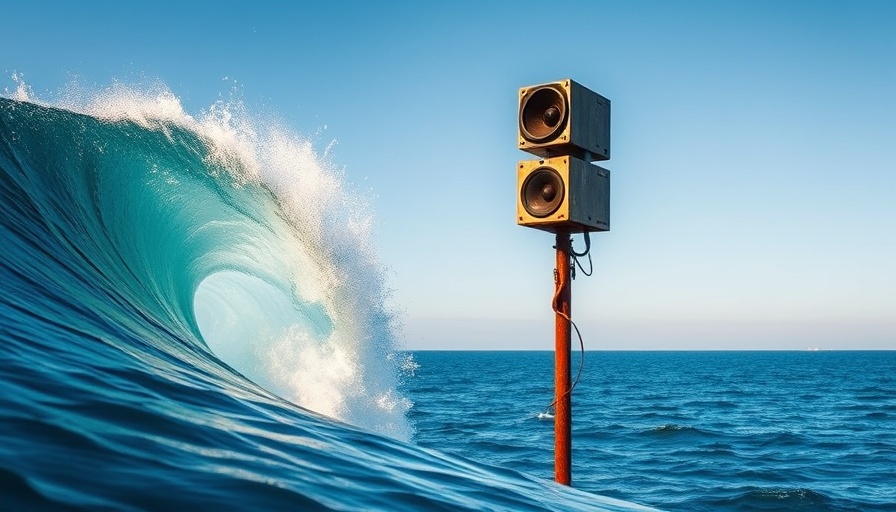
Waves: An Overarching Concept
Waves connect two seemingly disparate worlds: surfing and music. While surfers envision the exhilarating rise of ocean waves, musicians picture the invisible waves of sound that carry their notes through the air. Nonetheless, both phenomena share a foundational principle: the transfer of energy through a medium. Understanding the dynamics of these waves broadens our appreciation for both activities.
Defining Ocean and Sound Waves
Before delving deeper, let’s clarify what each wave represents. Ocean waves, or surface gravity waves, occur at the interface between water and air. Their creation begins with the wind, stirring up small ripples that, due to gravity’s influence, morph into larger swells. Conversely, sound waves are pressure disturbances traveling through a medium like air, compressing and expanding particles. Instead of swirling motions, sound waves move linearly alongside their trajectory, delineating them as longitudinal waves.
How Waves Propagate: A Fundamental Difference
A key divergence between ocean and sound waves lies in their propagation methods. Ocean waves are primarily influenced by gravity, which returns lifted water back to a state of equilibrium, initiating oscillation. On the flip side, sound waves depend on the compressibility of the medium. Here, the force restoring balance arises from pressure differences—creating a distinct wave structure.
The Dance of Particles: Motion Dynamics
When a surfer rides a wave, the water particles below don’t travel with the wave but instead move in circular orbits. Thus, while energy cascades forward, individual water molecules primarily return to their original positions. In contrast, sound waves necessitate a back-and-forth motion of air particles in line with the wave’s direction—while the general flow of energy may transport sound across distances, the particles themselves oscillate within a confined space.
Ripple Effects: The Cultural Impact of Waves
Both types of waves resonate deeply within their respective cultures. For surfers, the ocean embodies both a sport and a lifestyle, a rhythmic dance with nature that fosters community. Similarly, for musicians, sound waves symbolize a bridge across emotions and experiences, connecting people through shared melodies. Understanding these waves opens avenues for profound discussions about sustainability in surfing and the future of music in our modern world.
Future Trends: Music and Waves in Harmony
As society progresses, the intersection of ocean and sound waves may inspire innovation. Discussions around environmental preservation in surfing emphasize the importance of understanding ocean dynamics while advancements in audio technology challenge our current perceptions of sound. Bridging these realms presents opportunities for fresh creative collaborations, unifying surfers and musicians alike in a shared pursuit of expression.
In conclusion, while ocean waves and sound waves differ significantly in motion and propagation, they maintain a shared essence rooted in energy transfer through mediums. This exploration invites surfers and musicians alike to reflect on the unique yet intertwined experiences shaped by waves. So the next time you ride a wave or listen to a tune, consider the extraordinary principles that unite these two worlds. Dive deeper into the secrets of waves and discover how they enrich our lives.
 Add Row
Add Row  Add
Add 




Write A Comment